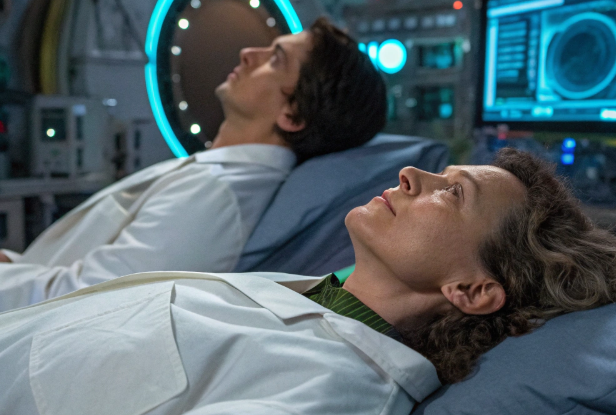Why Eye Contact Matters More Than You Think

©️ Racool_studio / Freepik
For decades, conventional wisdom dictated that strong eye contact was the cornerstone of successful communication. It conveyed confidence, sincerity, and a genuine interest in the other person.
However, a recent study by researchers in Canada challenges this long-held belief. Their findings suggest that while eye contact remains crucial for social interaction, it’s far less frequent than we might imagine.
How Often Do Our Eyes Truly Meet?
The study involved pairs of strangers tasked with collaboratively ranking survival items while wearing eye-tracking glasses. These glasses captured the participants’ gaze patterns during the face-to-face interactions.
The results were surprising: participants spent only around 12% of the conversation time looking directly at each other’s faces. Even more striking was the rarity of mutual eye-to-eye contact, where both individuals locked gazes – it occurred a mere 3.5% of the time.

The Significance of Eye Contact
So, if eye contact is such a fleeting phenomenon, why is it still considered important? The study suggests that even these brief moments of meeting someone’s gaze can hold significant meaning.
Interestingly, the research found a correlation between eye contact and participants’ tendency to follow each other’s gaze afterward. This suggests a form of non-verbal communication at play, where fleeting eye contact might act as a subtle cue to shift attention.
A New Lens on Communication: Decoding the Language of the Eyes
This research opens a fascinating new chapter in understanding how our eyes communicate. It challenges the notion that constant eye contact is necessary for effective interaction. Instead, it highlights the importance of considering different types of eye gaze.
Looking at someone’s mouth region or the area near their eyes might also convey important messages, depending on the context and the duration of the gaze. Perhaps a lingering gaze at the mouth signifies intent to listen attentively, while a brief glance towards the eyes could be a subtle invitation to share information.

Looking Forward: Exploring the Context of Eye Contact
Future studies will likely delve deeper into how the context of a conversation and the familiarity between people affect eye gaze patterns. For instance, a casual conversation with a friend might involve more frequent eye-to-mouth glances, while a job interview might see a higher percentage of direct eye contact to convey attentiveness and confidence.

One thing is clear: our eyes speak volumes, even when they’re not locked in a constant stare. Understanding the nuances of eye gaze – the fleeting glances, the focused stares, and the areas we choose to look at – can offer valuable insights into the dynamics of human interaction. It’s a silent language waiting to be fully deciphered, and this study provides a compelling starting point for further exploration
You might also like to read: 10 Powerful Small Habits That Make You Irresistibly Attractive


